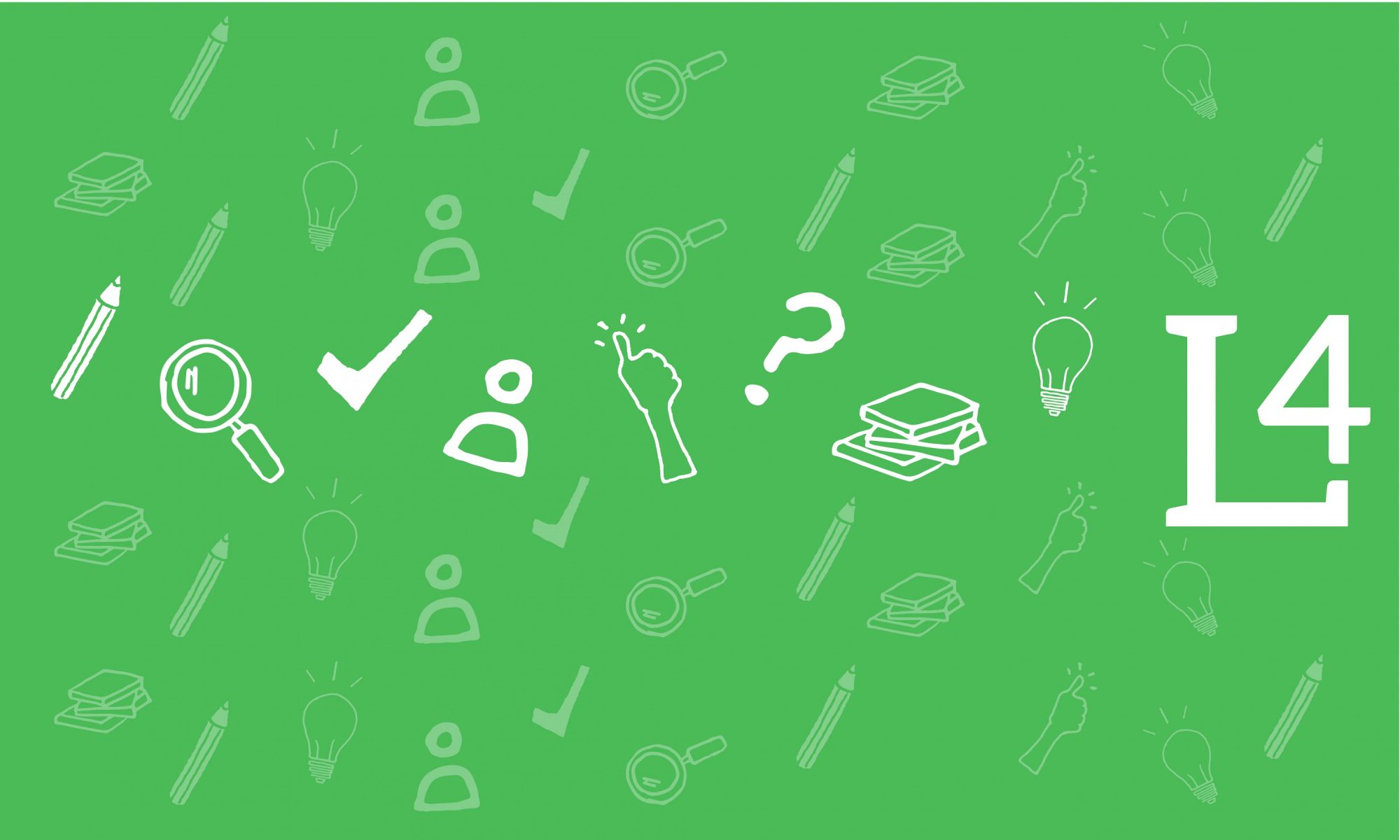In the Pursuit of Knowledge: Focusing on ‘Lifelong Learning’
Sergio Belich
Computer Systems Technology / NYC College of Technology
Web Programming I (Lecture) & (Laboratory)
Activity Description: Provide a brief description of the activity
The activity centers on teaching CST2309 (Introduction to Web Programming) through a structured split format, dividing the 3.5-hour class into equal parts of lecture (1¾ hours) and lab (1¾ hours). During lectures, the instructor presents course topics using overhead projectors and whiteboards, works through practical examples, and actively solicits student feedback to ensure comprehension.
The lab portion focuses on collaborative learning, where students work in groups using a shared Google document to compile course-related resources, including linked definitions and training videos. Students contribute their thoughts and questions while also creating potential exam questions. This dual approach combines traditional instruction with hands-on collaborative work to enhance the Student Learning Outcome of "Reading," specifically targeting students' abilities to interpret, evaluate, gather, and apply information from online sources.
Learning Goals: What do you aim to achieve with this activity?
My goal is to create an engaging learning environment that promotes "Lifelong Learning" through a balanced approach of structured instruction and collaborative work. The primary goal is to enhance students' ability to interpret, evaluate, gather, and apply information from various online sources while fostering an interactive atmosphere that encourages students to actively participate in their learning process. This is designed to not only help students master the current course material but also develop skills and learning templates they can apply to their future academic pursuits.
Timing: At what point in the lesson or semester do you use this activity? How much classroom time do you devote to it? How much out-of-class time is expected?
The activity will start from the second class till the end of the semester. The first day includes discussing the this new class outline to students, and setting expectations. ] It represents the core structure of the entire semester for CST2309 (Introduction to Web Programming). Each original class session (from last semesters' 3.5 hour length) is now being divided into:
Lecture portion: 1¾ hours
Lab portion: 1¾ hours
Total in-class time per session: 3½ hours
Students will spend some time outside of class reviewing and contributing to the shared resources, including adding definitions and training videos, though the specific time requirement has not been specified, the results of participation will be graded.
Logistics: What preparation is needed for this activity? What instructions do you give students? Is the activity low-stakes, high-stakes, or something else?
The preparation needed for this activity is as follows:
Setting up shared Google documents for class readings and topics
Preparing lecture materials and practical examples
Creating overhead projector/whiteboard content
Organizing students into working groups for labs
The student instructions is as follows:
During lecture: Students are expected to engage with the material and provide feedback
During lab: Students work in groups to:
Access and contribute to shared Google documents
Add linked definitions and training videos
Share thoughts, ideas, and questions
Create potential exam questions
Collaborate with group members
This activity is relatively low-stakes, focusing on collaborative learning and continuous engagement rather than high-pressure assessment. The approach emphasizes building an "enjoyable environment to learn" where students can:
Get constant feedback
Receive multiple explanations if needed
Build on existing knowledge
Create study materials collaboratively
Develop templates for future learning
The structure is an ongoing evaluation while also leading to assessments via exams and a class project. Students' contributions will factor into their overall course performance.
Assessment: How do you assess this activity? What assessment measures do you use? Do you use a VALUE rubric? If not, how did you develop your rubric? Is your course part of the college-wide general education assessment initiative?
Assessment Components:
Use VALUE rubric specifically focused on reading
Student contributions to Google documents (20% of final grade) measured by:
1. Number of definition links added
2. Number of video links contributed
3. Number of potential exam questions provided
Implementation Details:
Continuous feedback during lectures ensures ongoing formative assessment
Google document contributions provide measurable evidence of students' ability to "interpret, evaluate, gather and apply information from various online sources"
VALUE rubric on reading provides standardized assessment criteria
The activity supports the "Lifelong Learning" student learning outcome
Integration with Broader Assessment:
Course is part of the college-wide general education assessment initiative
Will be evaluated by AIRE in Fall 2025
Uses standardized VALUE rubric for reading to align with institutional assessment frameworks
This structured assessment approach combines quantitative measures (contribution counts) with standardized evaluation criteria (VALUE rubric) while supporting broader institutional assessment goals.
Reflection: How well did this activity work in your classroom? Would you repeat it? Why or why not? What challenges did you encounter, and how did you address them? What, if anything, would you change? What did students seem to enjoy about the activity?
This activity is structured to work well in a classroom environment because:
It divides class time equally between lecture and hands-on lab work
It incorporates both traditional teaching methods and modern collaborative tools
It creates an "enjoyable environment to learn" through constant feedback and group interaction
Additional Information: Please share any additional comments and further documentation of the activity – e.g. assignment instructions, rubrics, examples of student work, etc. These can be links to pages or posts on the OpenLab.
Here is the organizational structure:
Initial Structure:
Each of the 5 groups is assigned specific sections of lecture material
Groups have primary responsibility for their assigned sections
Groups can still contribute to other sections they find important
This approach:
Ensures comprehensive coverage of all lecture material
Creates clear group responsibilities
Prevents excessive overlap in initial research
Allows for cross-section insights and contributions
Maintains flexibility for additional perspectives
For each lab session, groups would:
1. Focus primarily on their assigned sections to provide:
5 definition links
5 topic training video links
5 potential exam questions
2. Have freedom to add insights to other sections
3. Monitor and build upon other groups' contributions
This balanced structure combines focused responsibility with collaborative flexibility, helping create a comprehensive learning resource while encouraging broader engagement with all course material.
Please share a helpful link to a pages or post on the OpenLab



